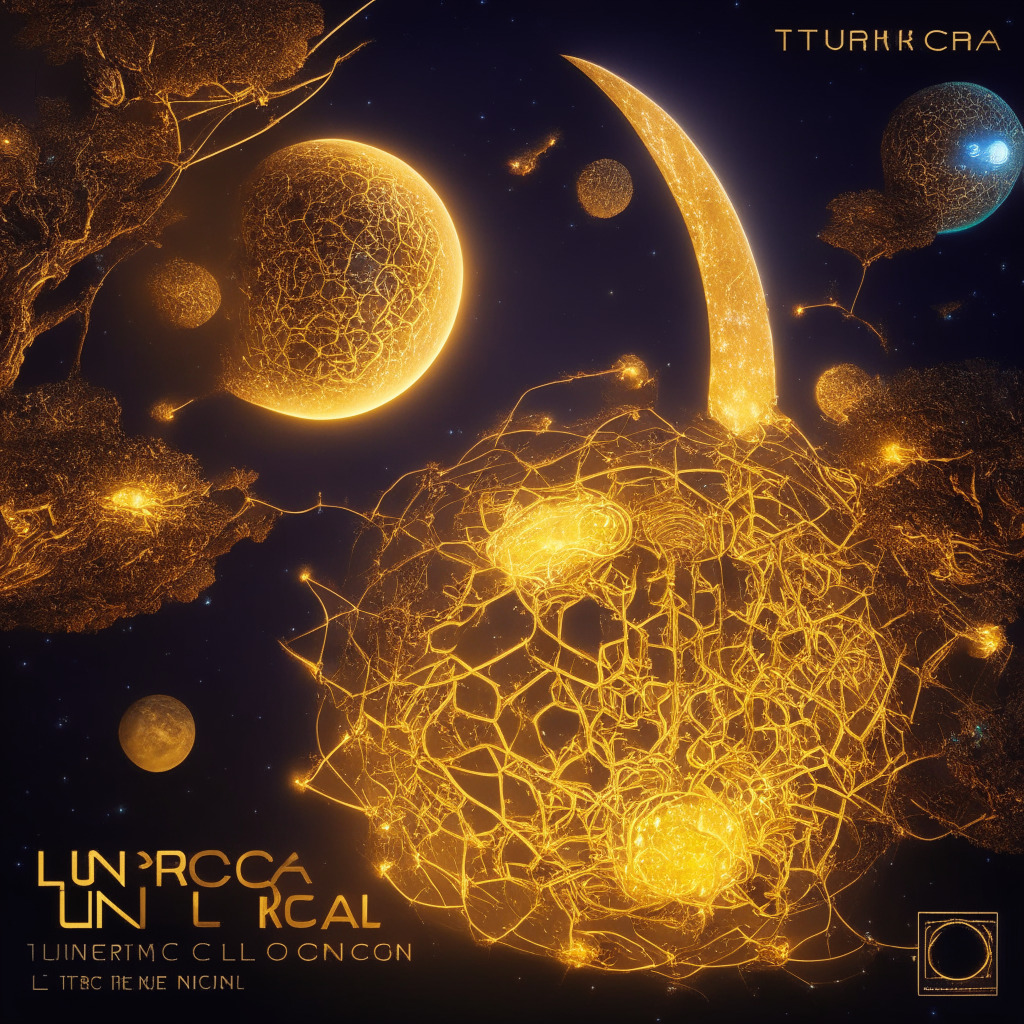Ethereum, the revolutionary world of decentralized applications, is on the verge of a transformative leap, courtesy of liquid staking. The dream of its prophets is to enable anyone, regardless of background, to access and participate in this dynamic world, but is currently deemed an unrealized dream. Examining the current situation of Ethereum’s liquid staking landscape unveils the stark reality.
Within Ethereum’s milieu, centralized liquid staking protocols hold the limelight. Their domination isn’t surprising given their scalability attributable to a centralized validator set. The largest liquid staking protocol on Ethereum has a mere 29 node operator set, giving it a significant amount of control over the network. Protocols claiming to be decentralized, but which operate as a business, can thus offer higher levels of composability. However, such composability, while a feature, can also be a setback due to systemic risks.
On the other hand, decentralized protocols do exist, but face issues with scalability and have only a fraction of ETH staked compared to centralized protocols. Although some attempts have been made to reduce the capital requirement for a validator node from 32 to 8 ETH, this still represents a significant barrier for most. This leads to more ETH being staked via a select group of professional node operators thereby leading to concentration of staked ETH and challenging the concept of decentralization.
While addressing the challenges, a balance needs to be struck between scalability and decentralization- protocols that pivot towards one, usually, neglect the other, causing drastic discord. Also, any attempts to shift the architecture towards more balance often trigger internal debate, especially within decentralized protocols.
Moving ahead, what Ethereum truly needs is to reduce the minimum capital requirement to run a validator node, thereby enhancing participation, and build a censorship-resistant protocol in order to hedge against potential future slowdowns. It is, however, admittedly challenging to solve these issues, due to the extensively staked ETH and the centralized nature of some of the largest staking providers.
Despite the challenges, there’s a silver lining: emerging protocols striving to fulfill the vision of a diversified staking sphere. However, these require well-thought-out strategic and critical analysis because poorly designed solutions could risk Ethereum’s stability.
Therefore, a more resilient, scalable, and decentralized architecture for Ethereum’s liquid staking landscape is not simply a prophetic dream, but a reality that can be realized through concerted research, relentless testing and commitment to building sound solutions for prevailing challenges.
As we move forward, the question remains: Can Ethereum’s liquid staking landscape strike the golden balance between decentralization and scalability to realize its full potential?
Source: Cointelegraph




